Home>Articles>How Much Does It Cost To Rough-In Plumbing For A Bathroom
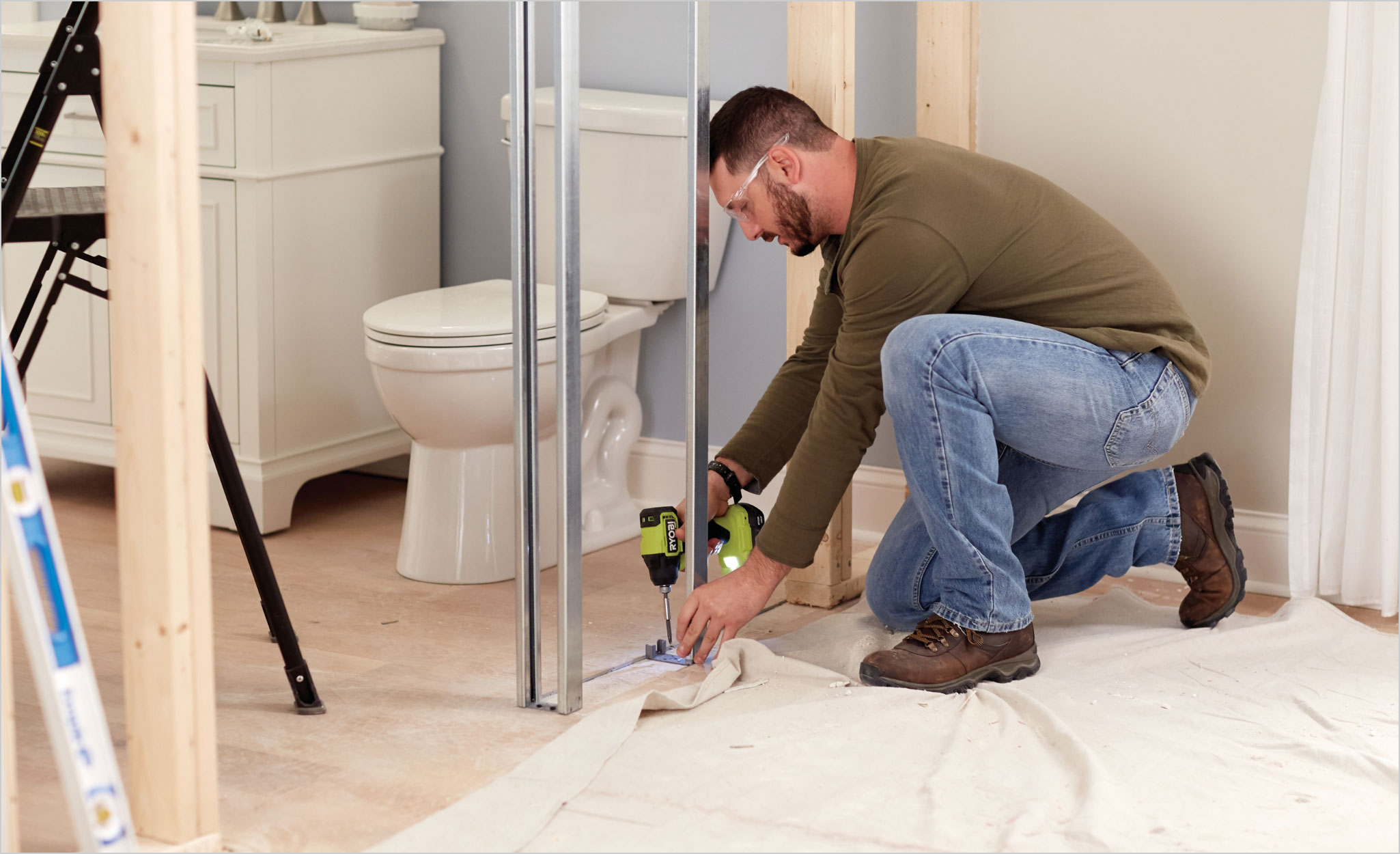

Articles
How Much Does It Cost To Rough-In Plumbing For A Bathroom
Modified: February 23, 2024
Learn about the average cost of roughing in plumbing for a bathroom in this informative article. Discover key factors influencing the pricing and get expert tips for budgeting.
(Many of the links in this article redirect to a specific reviewed product. Your purchase of these products through affiliate links helps to generate commission for Storables.com, at no extra cost. Learn more)
Introduction
In any construction or renovation project, one crucial factor that homeowners or contractors need to consider is the rough-in plumbing for a bathroom. This is the initial plumbing installation that happens before the walls and floors are completed. It involves laying out the supply lines, drainage pipes, and vents that will serve as the backbone of the bathroom’s plumbing system.
While the cost of rough-in plumbing may vary based on factors such as location, size of the bathroom, and specific requirements, it is essential to have a general understanding of the potential expenses involved. This article will delve into the various factors that can affect the cost of rough-in plumbing, including material costs, labor costs, and any additional expenses that might arise during the installation process.
By understanding the cost factors involved in rough-in plumbing, homeowners and contractors can better plan and budget for their bathroom projects. So, let’s dive into the details and explore the different elements that contribute to the overall cost of rough-in plumbing.
Key Takeaways:
- Proper budgeting for rough-in plumbing involves considering material costs, labor costs, and additional expenses such as permits and unexpected repairs. Investing in quality materials and skilled labor can ensure a durable plumbing system.
- Homeowners and contractors should prioritize quality and durability over cost when budgeting for rough-in plumbing. Clear communication with plumbers, obtaining multiple quotes, and considering expertise can lead to a well-planned and budgeted project.
Read more: How Much Does It Cost To Rough-In Plumbing
Factors Affecting the Cost of Rough-In Plumbing
Several factors can influence the cost of rough-in plumbing for a bathroom project. By understanding these factors, homeowners and contractors can get a clearer picture of the potential expenses involved. Here are some key factors to consider:
- Bathroom size: The size of the bathroom plays a significant role in determining the cost of rough-in plumbing. A larger bathroom will require more materials and labor, resulting in higher costs.
- Complexity of the plumbing system: The complexity of the plumbing system can affect the cost. If the bathroom layout involves intricate piping arrangements or if there are unique plumbing requirements, such as multiple sinks or a spa tub, the cost may rise accordingly.
- Location: The geographical location of the property can impact the cost of rough-in plumbing. Different regions have varying labor and material costs, building codes, and permit fees. It is crucial to consider the local factors when estimating the overall cost.
- Accessibility: The accessibility of the plumbing area can affect the cost as well. If the existing plumbing lines are easily accessible and do not require extensive demolition or modification, the cost may be lower compared to a situation where accessibility is challenging.
- Type of materials: The type and quality of materials selected for rough-in plumbing also impact the cost. Opting for higher-end materials or specific features like copper pipes, high-efficiency fixtures, or advanced drainage systems may increase the overall expenses.
Considering these factors can help homeowners and contractors estimate the cost of rough-in plumbing more accurately. It is essential to evaluate each factor and make informed choices based on budget, functionality, and long-term sustainability.
Material Costs
When it comes to rough-in plumbing, material costs can make up a significant portion of the overall expenses. It is crucial to understand the various materials required for the plumbing installation and their respective costs. Here are some common materials used in rough-in plumbing and their estimated costs:
- Pipes: The type of pipes used for the water supply and drainage system can impact the cost. Copper pipes are known for their durability and longevity but tend to be more expensive compared to PEX or PVC pipes. Copper pipes can cost anywhere from $2 to $8 per linear foot, while PEX or PVC pipes range from $0.50 to $2 per linear foot.
- Fittings and connectors: Fittings and connectors are essential components of the plumbing system. These include elbows, couplings, valves, and similar items. The cost of fittings and connectors can vary based on the material and size. On average, the cost ranges from $1 to $10 per piece.
- Fixtures: Fixtures such as toilets, sinks, showers, and bathtubs also contribute to the material costs. The price of fixtures can vary significantly depending on the brand, style, and features. For instance, a standard toilet can range from $100 to $500, while a high-end, eco-friendly toilet may cost upwards of $1,000.
- Support materials: Other materials like mounting brackets, hangers, and support structures are necessary to secure the pipes and fixtures. These items can cost around $1 to $5 per piece depending on the type and quantity needed.
It is crucial to factor in the costs of these materials when estimating the total cost of rough-in plumbing. Additionally, homeowners should consider the quality and durability of the materials used. Using reliable and long-lasting materials may result in higher upfront costs but can save money in the long run by reducing the need for repairs or replacements.
Labor Costs
In addition to material costs, labor costs are a significant factor in determining the overall cost of rough-in plumbing. Hiring skilled and experienced plumbers is essential to ensure a quality installation. Here are some factors that can influence the labor costs:
- Scope of work: The complexity and extent of the plumbing work required will impact the labor costs. If the rough-in plumbing involves a more intricate layout or additional components like multiple sinks or a complex shower system, it will require more time and effort from the plumbers, resulting in higher labor costs.
- Experience and expertise: The skill level and expertise of the plumbers can affect the labor costs. Highly skilled and experienced plumbers may charge a higher hourly rate due to their expertise and ability to handle complex plumbing installations effectively.
- Location: The location of the property can also impact the labor costs. In areas with a higher cost of living, plumbers may charge higher rates to cover their expenses. It is essential to consider regional labor rates when estimating the overall labor costs.
- Timeline: The timeline or deadline for the rough-in plumbing project can influence the labor costs. If the project needs to be completed within a shorter time frame, it may require additional labor resources or overtime, leading to higher costs.
When hiring plumbers for rough-in plumbing, it is advisable to obtain multiple quotes and compare the rates of different professionals. However, it is crucial not to compromise on the quality of work for the sake of lower labor costs. Hiring experienced plumbers who can deliver excellent craftsmanship and ensure the longevity of the plumbing system should be a priority.
It is also essential to establish clear communication with the plumbers and discuss the scope of work, timeline, and any potential challenges upfront. This will help avoid any misunderstandings and ensure a smooth and efficient installation process.
When budgeting for rough-in plumbing for a bathroom, consider factors such as the size of the bathroom, the number of fixtures, and the complexity of the layout. It’s also important to account for any additional costs for materials and labor.
Additional Costs
When budgeting for rough-in plumbing, it is important to consider additional costs that may arise during the installation process. These costs can vary depending on the specific requirements of the project. Here are some common additional costs to keep in mind:
- Permits and inspections: Before starting any rough-in plumbing work, it may be necessary to obtain permits from the local authorities. Permit fees can vary depending on the location and the scope of the project. Additionally, inspections may be required at various stages during the installation process, and there may be associated fees.
- Demolition and debris removal: If there is existing plumbing infrastructure in the area where the rough-in plumbing will be installed, demolition may be required. Removing old pipes, fixtures, and other materials can result in additional costs. Likewise, disposing of debris and waste materials accumulated during the installation process may require hiring a waste removal service.
- Unexpected repairs or modifications: During the rough-in plumbing process, unforeseen issues may arise, such as hidden leaks, damaged pipes, or the need for modifications to accommodate the plumbing layout. These unexpected repairs or modifications can increase the overall costs of the project.
- Accessories and finishing touches: While rough-in plumbing primarily involves the installation of the basic plumbing infrastructure, additional accessories and finishing touches may be required. These can include things like shower heads, faucets, towel racks, and other bathroom accessories. The cost of these items should be factored into the overall budget.
It is important to be prepared for these additional costs by setting aside a contingency fund in the budget. This will help avoid any financial surprises and ensure that the rough-in plumbing project can be completed without unnecessary delays or compromises.
By carefully considering both the anticipated expenses and any potential additional costs, homeowners and contractors can create a realistic budget for their rough-in plumbing project.
Read more: How Much Does Plumbing Cost?
Cost Estimates for Rough-In Plumbing
Estimating the cost of rough-in plumbing for a bathroom project can be challenging due to the numerous variables involved. However, by considering the factors discussed earlier, homeowners and contractors can come up with a rough estimate for their specific project. Here are some approximate cost ranges to give you an idea:
- Material costs: Depending on the size of the bathroom and the materials selected, the material costs for rough-in plumbing can range from $1,000 to $5,000 or more. This estimate includes pipes, fittings, fixtures, and support materials.
- Labor costs: The labor costs for rough-in plumbing typically range from $1,500 to $5,000 or more. This estimate covers the hours and expertise required to complete the installation, taking into account the scope of work, location, and timeline considerations.
- Additional costs: Additional costs such as permits, inspections, demolition, debris removal, unexpected repairs, and accessories can add an additional 10% to 20% to the overall budget. These costs can vary depending on the specific requirements of the project.
It’s important to note that these cost estimates are generalized and may vary depending on the specific circumstances of each project. Factors like geographical location, market conditions, and individual contractor rates can also influence the overall cost.
Homeowners and contractors are encouraged to obtain multiple quotes from reputable plumbing professionals to get a more accurate estimate for their rough-in plumbing project. By comparing these quotes and considering the expertise and track record of the contractors, they can make an informed decision while staying within their budget.
Remember that investing in high-quality materials, skilled labor, and proper planning can go a long way in ensuring the longevity and functionality of the rough-in plumbing system. It is worth prioritizing these factors rather than solely focusing on cost to avoid potential issues and expenses in the future.
Conclusion
When it comes to rough-in plumbing for a bathroom, it is important to have a clear understanding of the costs involved. By considering factors such as material costs, labor costs, additional expenses, and obtaining multiple quotes, homeowners and contractors can create a realistic budget for their project.
Material costs, including pipes, fittings, fixtures, and support materials, can range from $1,000 to $5,000 or more, depending on the size of the bathroom and the materials selected. Labor costs typically range from $1,500 to $5,000 or more, taking into account the complexity of the work, location, and timeline considerations. Additionally, it is important to factor in additional costs such as permits, inspections, demolition, debris removal, unexpected repairs, and accessories, which can add an additional 10% to 20% to the overall budget.
While cost is a significant consideration, it is also important to prioritize quality and durability when budgeting for rough-in plumbing. Investing in high-quality materials and hiring skilled plumbers can ensure the longevity and functionality of the plumbing system, potentially saving homeowners from costly repairs or replacements down the line.
Lastly, it is advisable to communicate clearly with plumbers, obtain multiple quotes, and consider the expertise and track record of the contractors before making a final decision. By doing so, homeowners and contractors can embark on their rough-in plumbing project with confidence, knowing that they have planned and budgeted wisely.
Remember, every project is unique, and costs can vary depending on specific requirements and regional factors. It is essential to conduct thorough research, seek professional advice, and tailor the budget to meet individual needs and preferences.
Frequently Asked Questions about How Much Does It Cost To Rough-In Plumbing For A Bathroom
Was this page helpful?
At Storables.com, we guarantee accurate and reliable information. Our content, validated by Expert Board Contributors, is crafted following stringent Editorial Policies. We're committed to providing you with well-researched, expert-backed insights for all your informational needs.
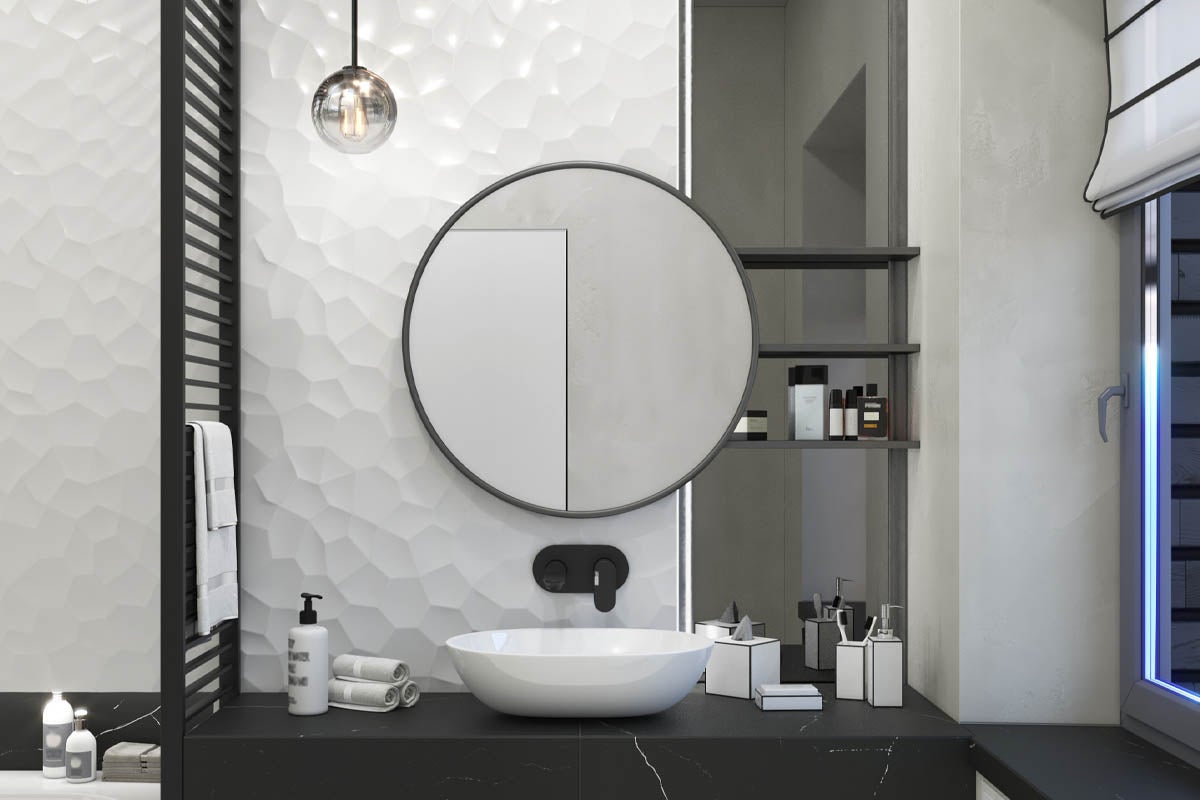
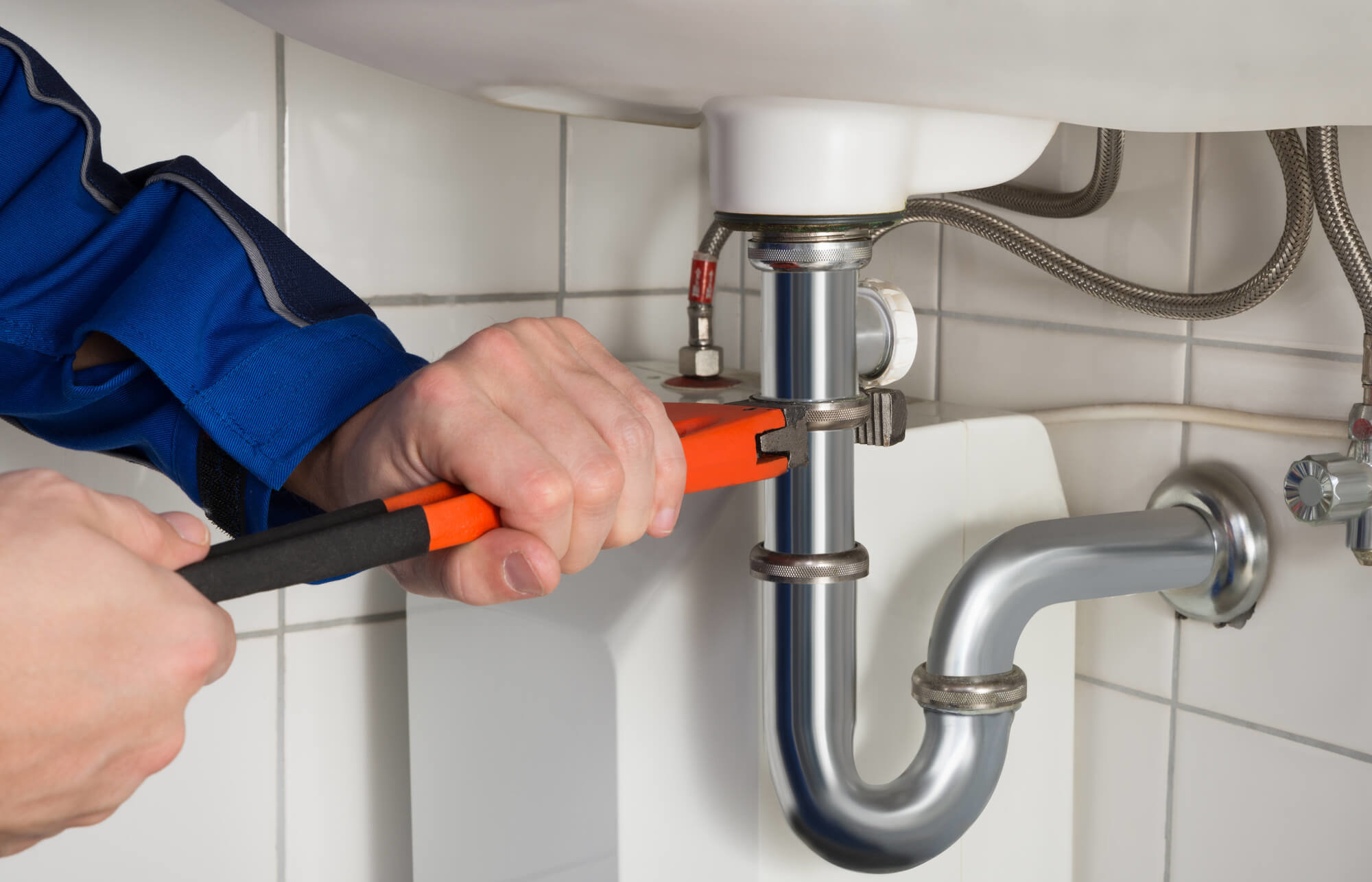
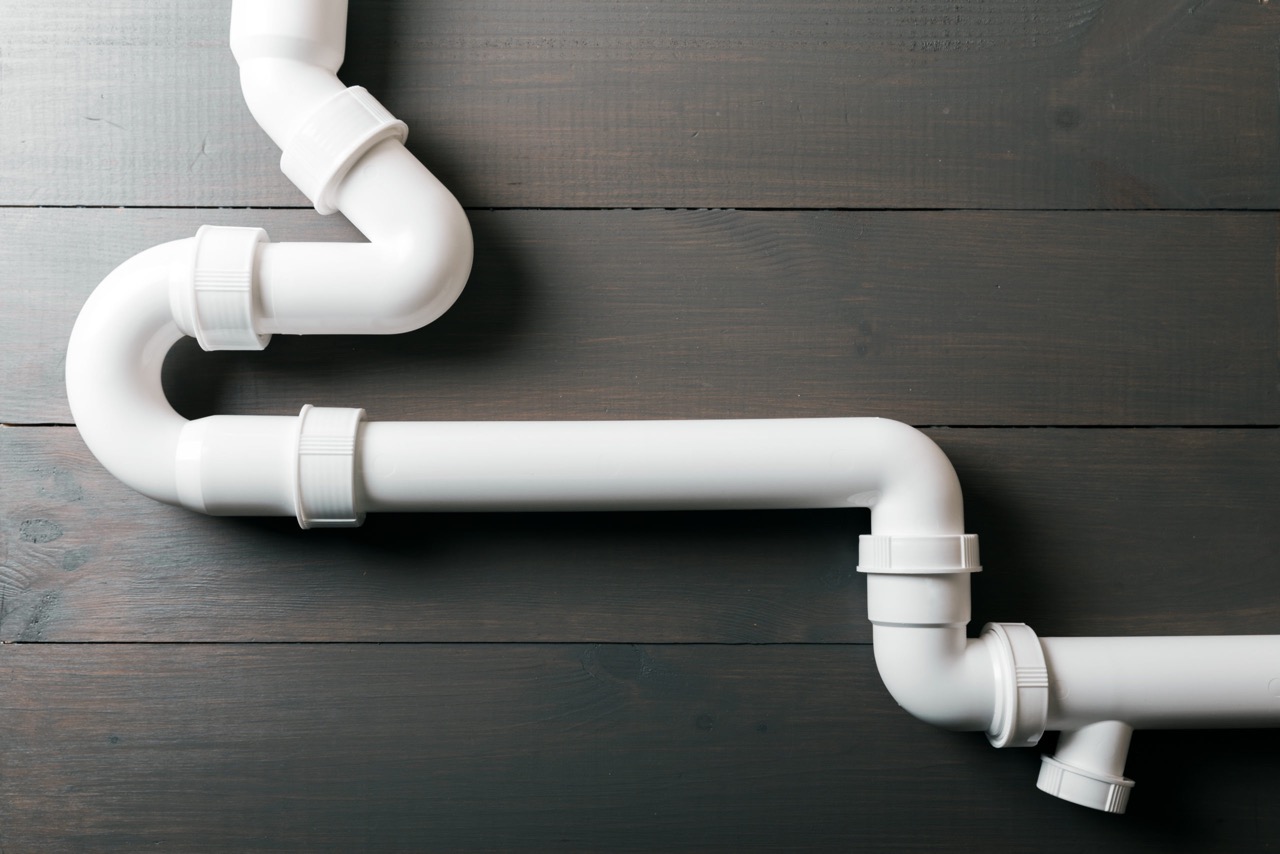
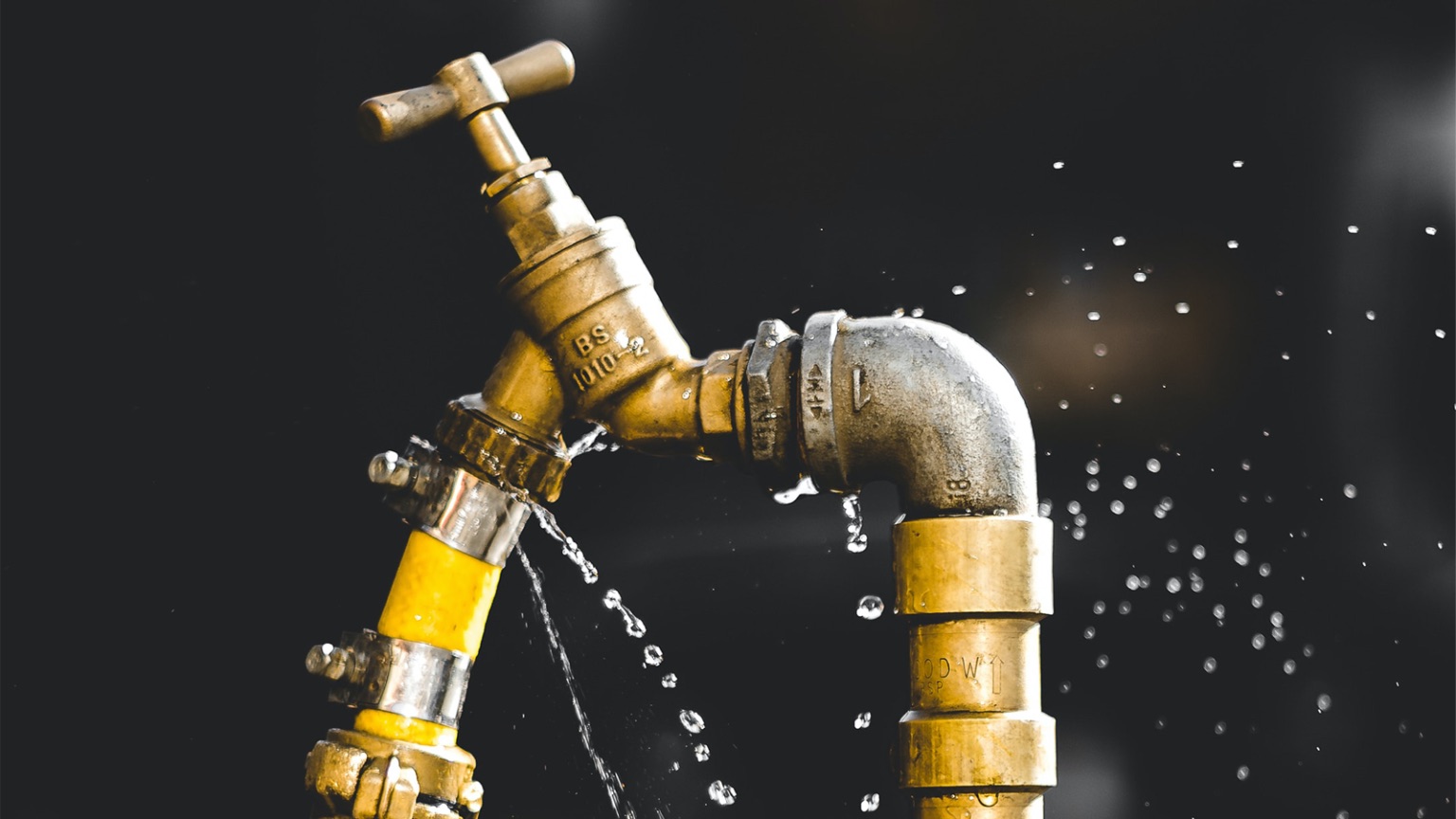

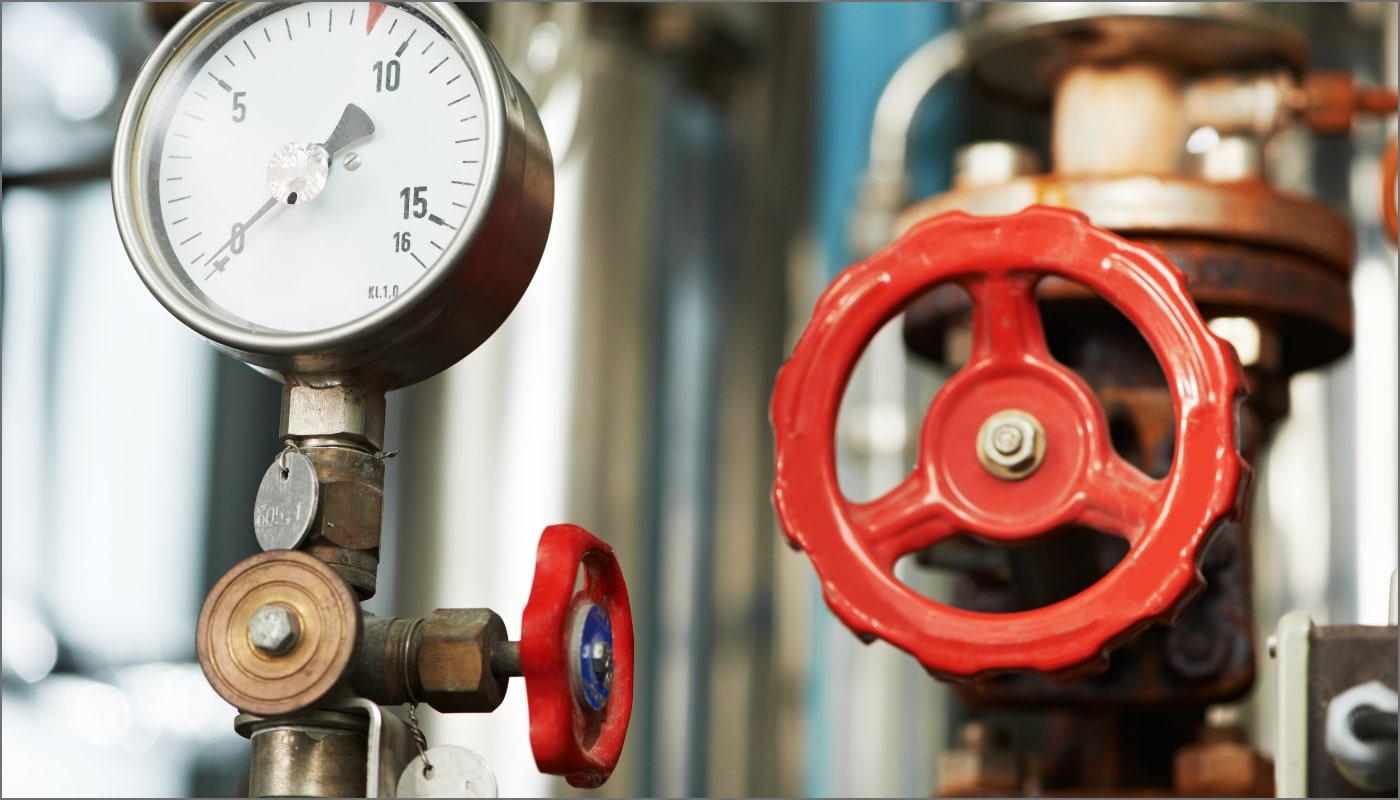
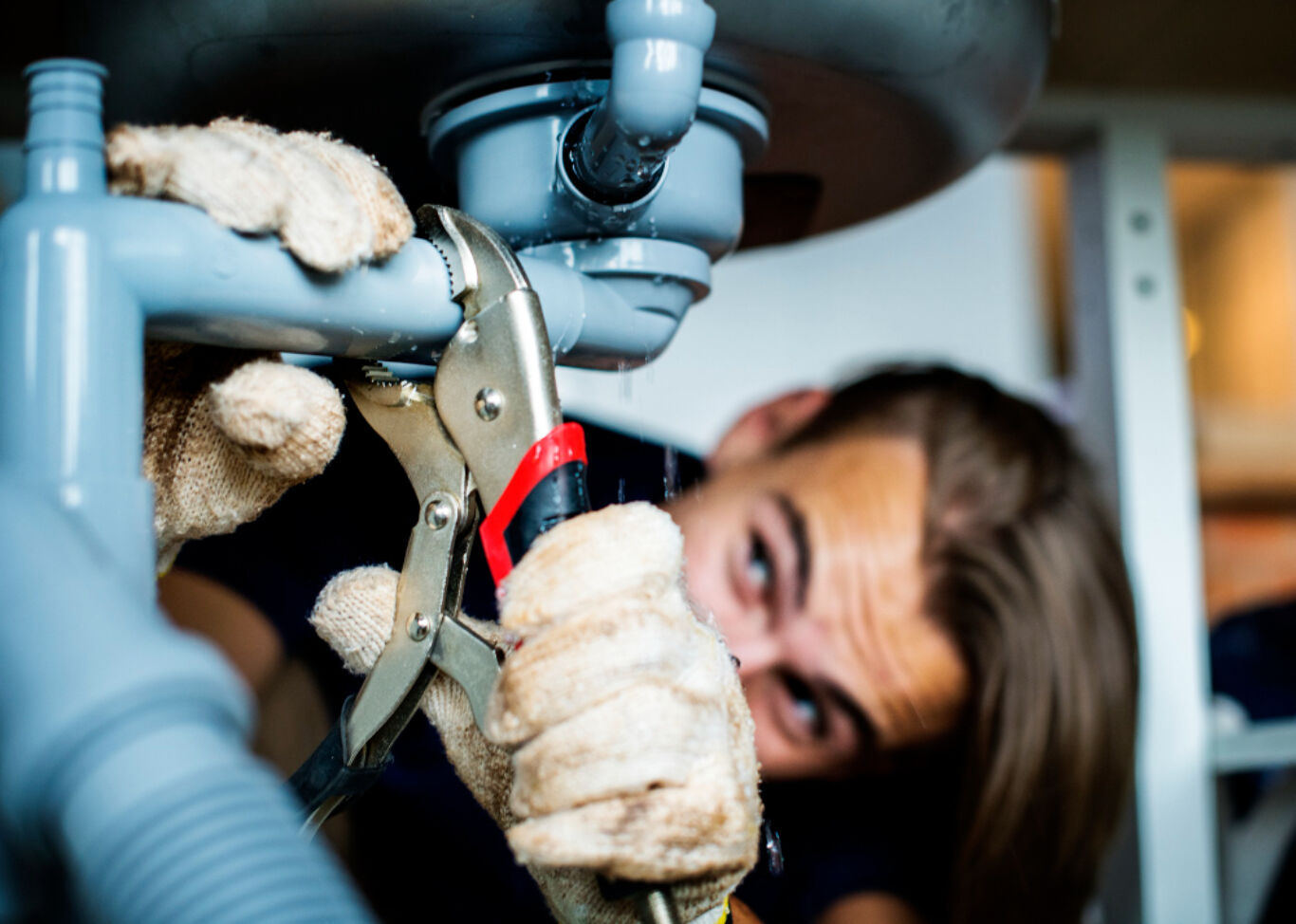
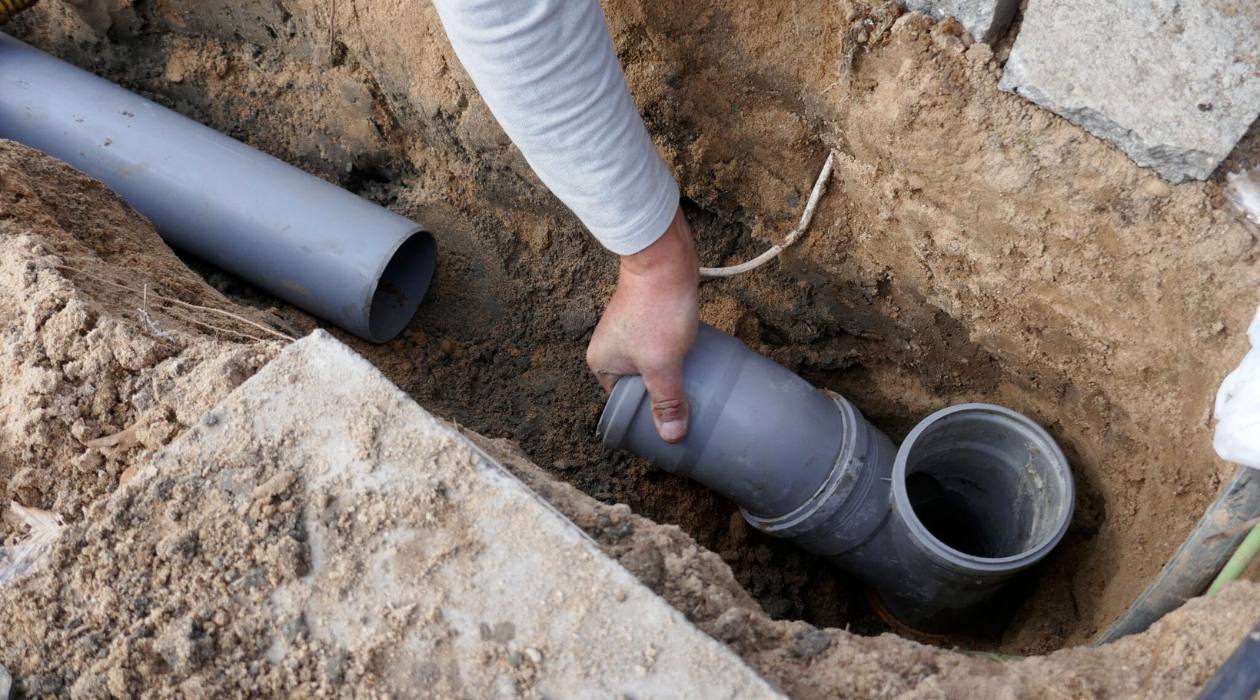
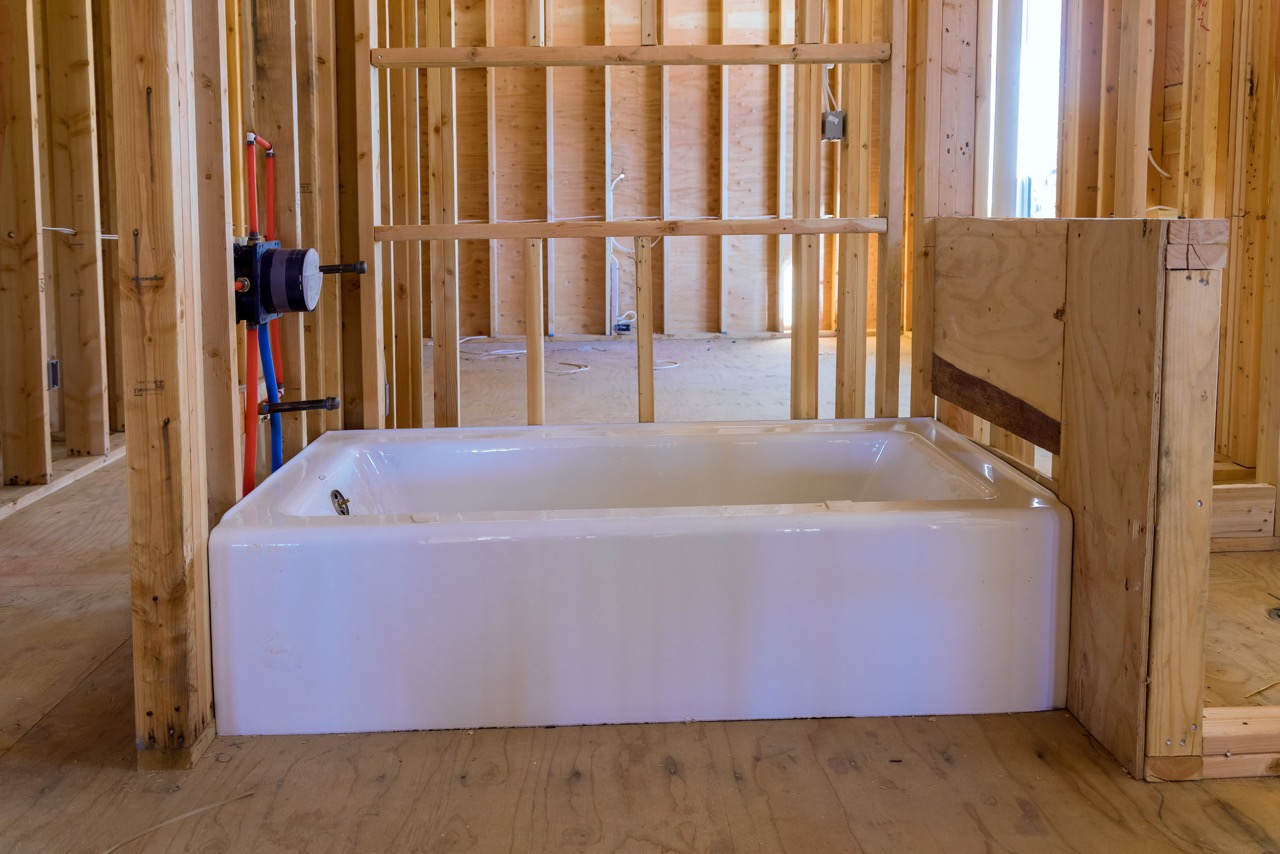
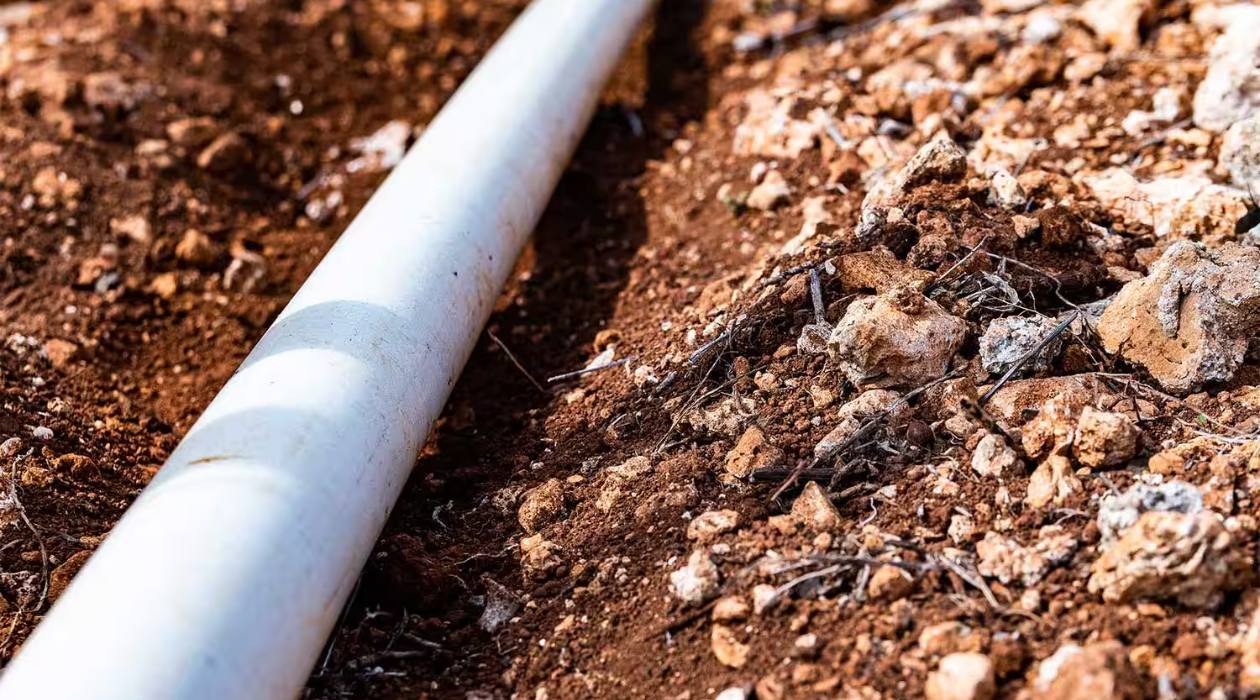
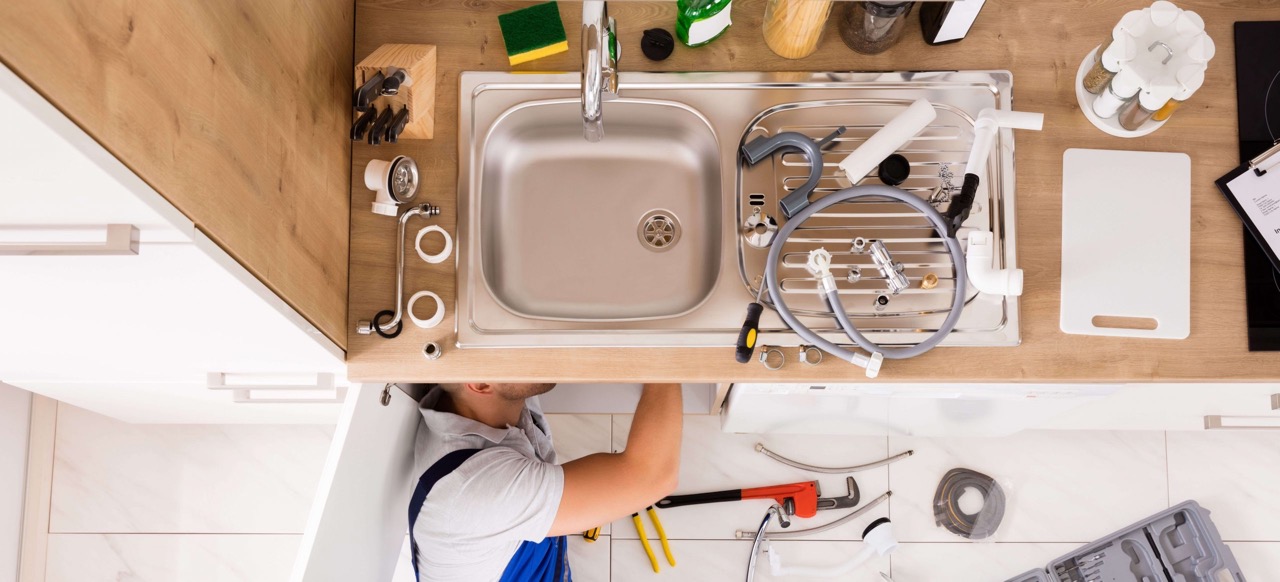
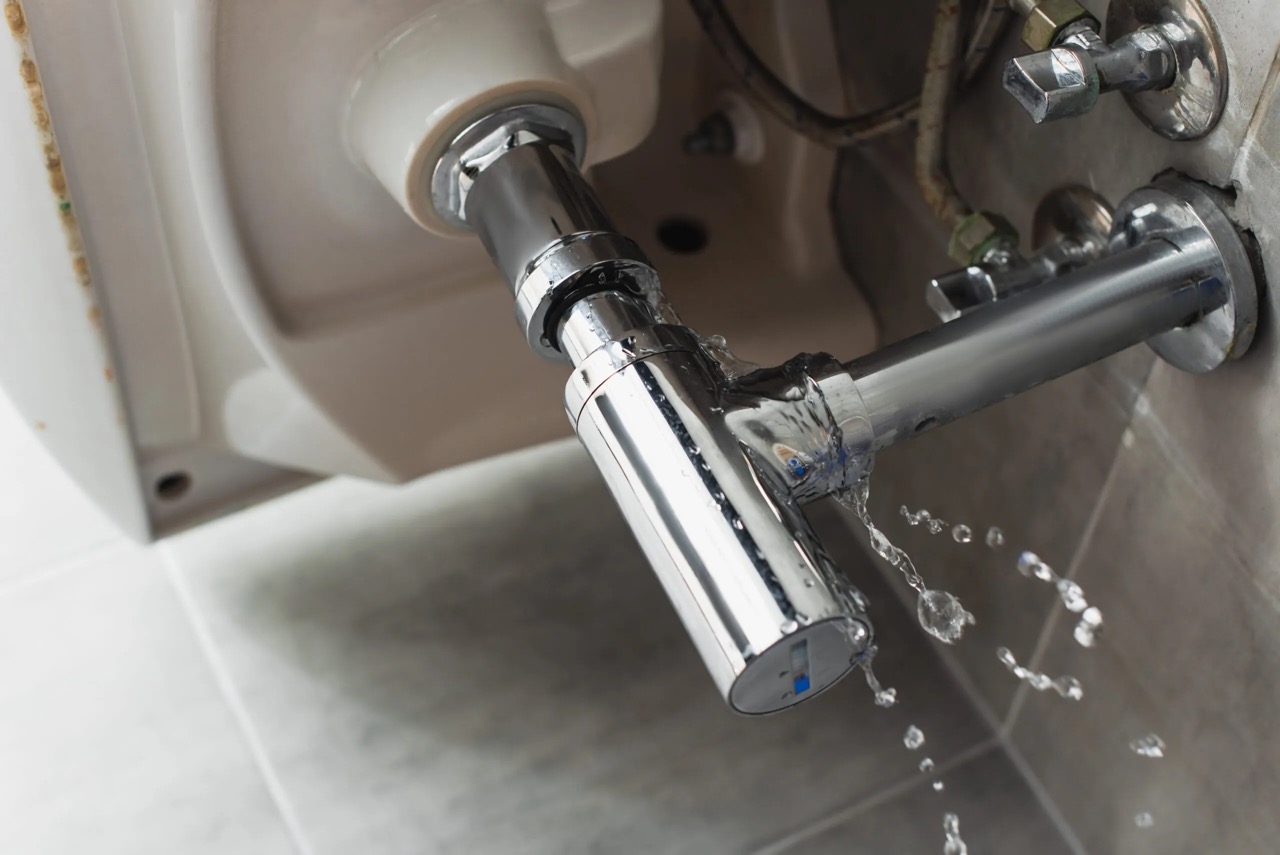
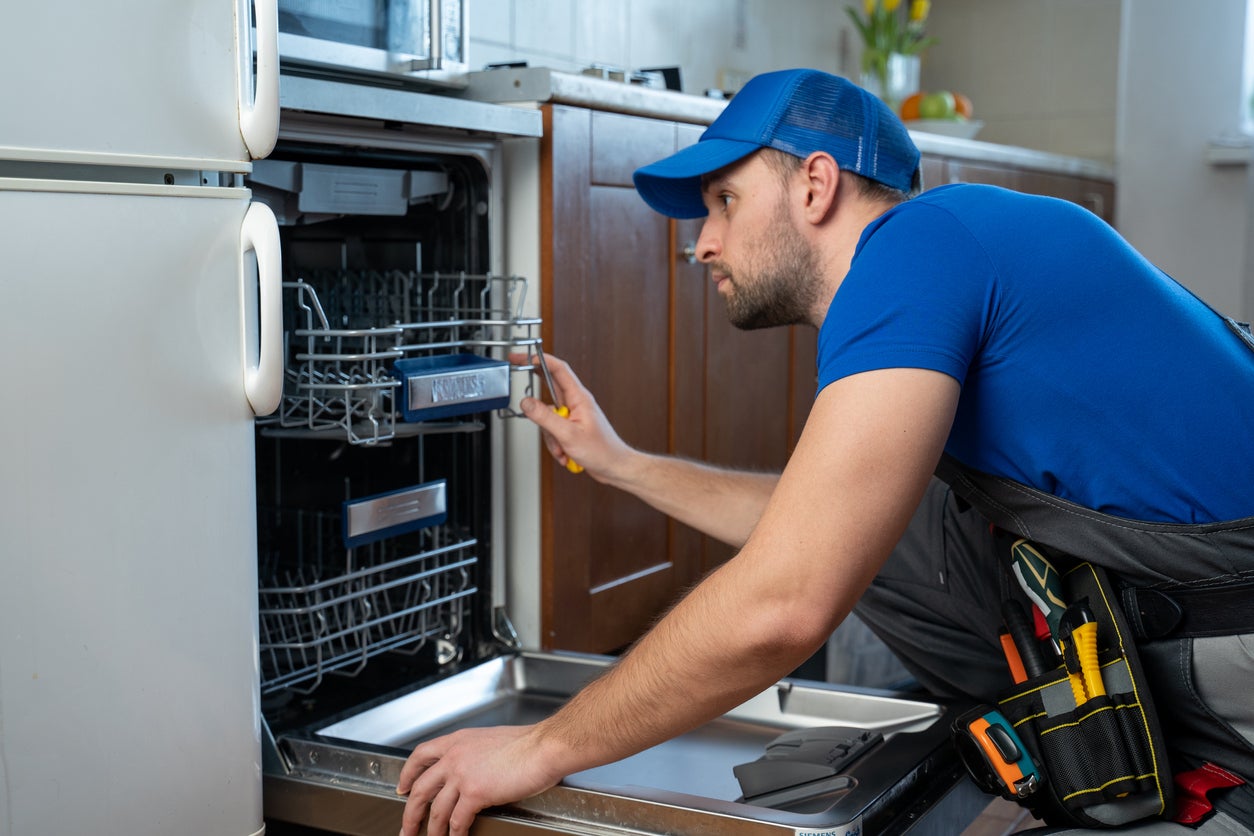
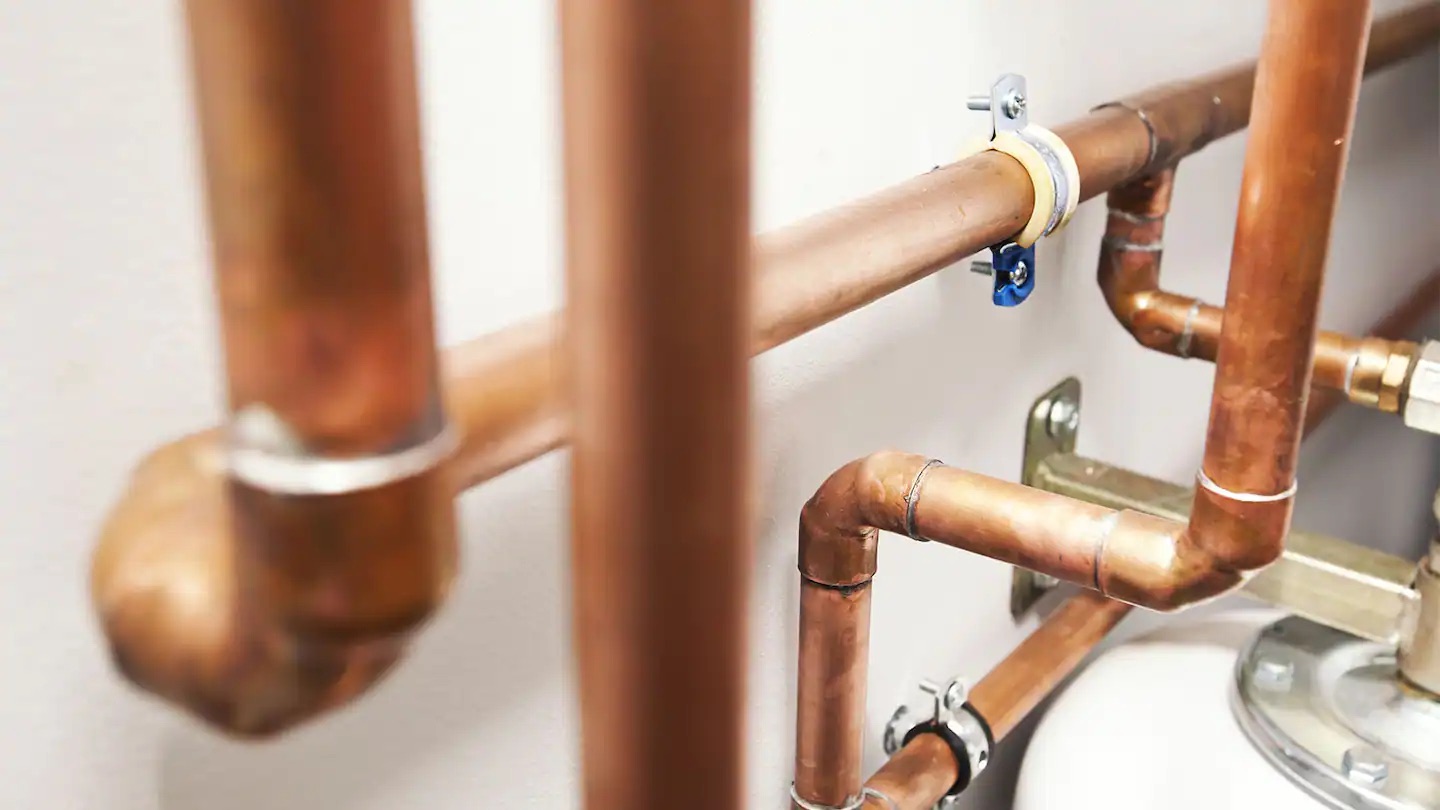

0 thoughts on “How Much Does It Cost To Rough-In Plumbing For A Bathroom”